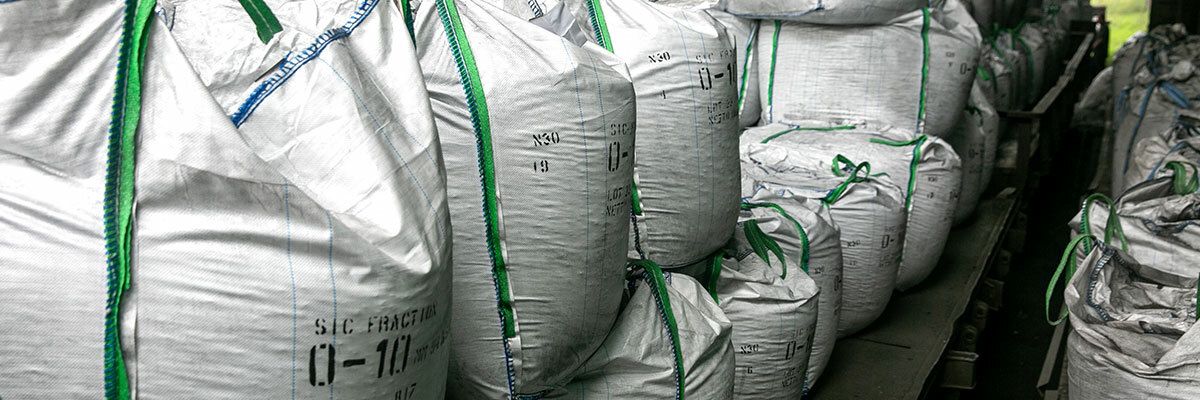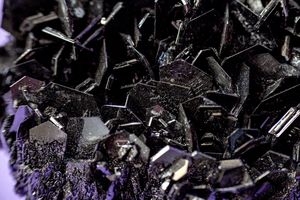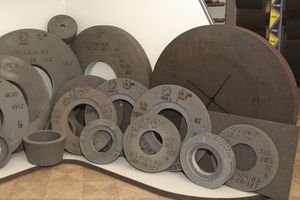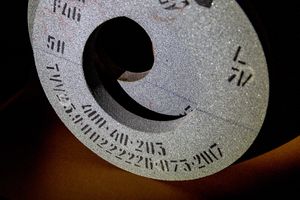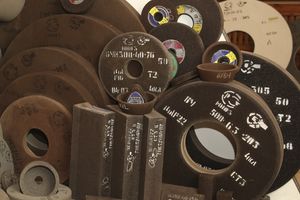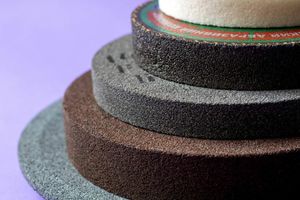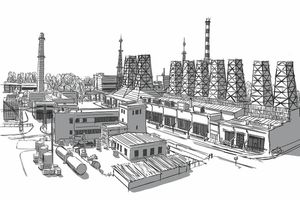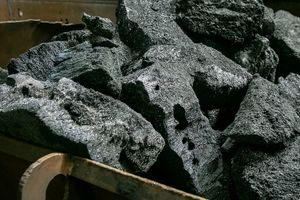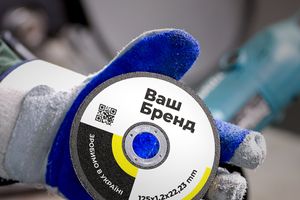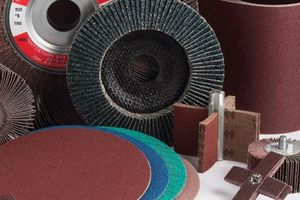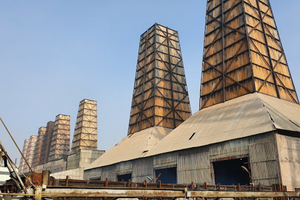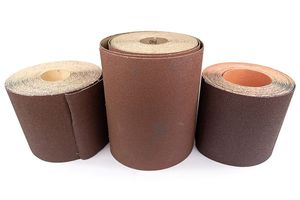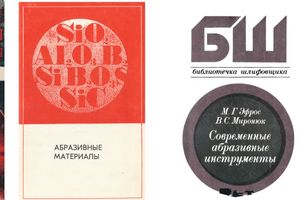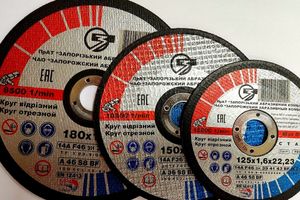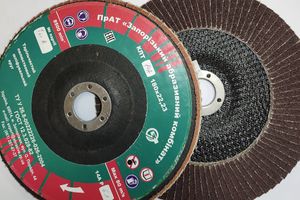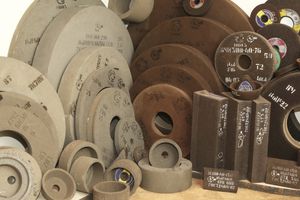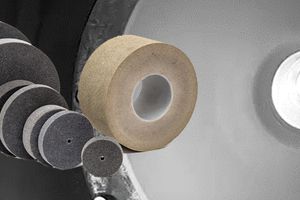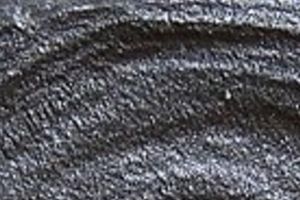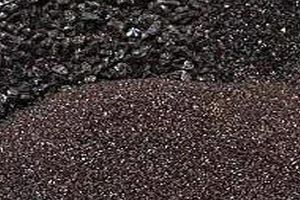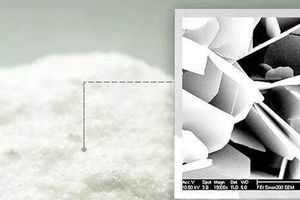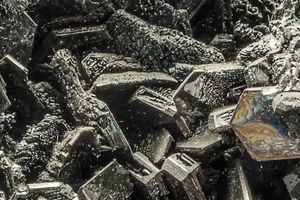Electrocorundum slurries are a significant problem for industrial enterprises engaged in the production of abrasives and a number of other products, including ceramics and metallurgical materials. This by-product of the electrocorundum abrasive production process is a complex combination of aluminum oxides, silicon and other elements that require a special approach to waste management and re-use opportunities. In this article, we will consider the main problems associated with the formation and management of electrocorundum slurries, as well as prospects and possible ways to solve these problems.
Formation of electrocorundum slurries
Electrocorundum is one of the most common abrasive materials used in various industries. Its production process usually involves melting aluminum oxide at high temperatures using an electric arc. As a result of this process, sludges are formed, which consist of various oxides and other compounds formed as a result of interaction with additives and materials from the electrode and base of the melting furnace.
Problems of electrocorundum sludge management
Electrocorundum slurries are a serious problem for industry for several reasons.
Environmental concerns: Waste from the production of electrocorundum can contain toxic substances such as metal oxides and other chemical compounds that can contaminate soil and water resources if not properly managed and disposed of.
Economic costs: The processing and disposal of electrocorundum sludge requires significant equipment and technology costs. In addition, the lack of effective reuse methods can lead to additional economic losses for businesses.
Spatial limitations: Storage of large volumes of electrocorundum sludge requires significant areas, which can be problematic for industrial enterprises, especially in conditions of limited territory.
Prospects for the management and use of electrocorundum slurries
Despite the difficulties, there are prospects for improving the management and use of electrocorundum slurries.
Technological innovations: The development of new processing and disposal technologies can significantly improve the efficiency of using electrocorundum sludge and reduce environmental risks. For example, physico-chemical recycling and recycling methods can be key in this regard.
Environmentally sustainable approaches: Industrial enterprises can strive to minimize the formation of sludge in the process of electrocorundum production by optimizing technological processes and increasing the efficiency of the use of raw materials.
Reuse and recycling: The development of methods of reuse and recycling of electrocorundum sludge can significantly reduce the amount of waste and reduce the economic costs of enterprises.
Electrocorundum sludges are a serious problem for industrial enterprises, but there are prospects for improving the management of these wastes. The development of new technologies and environmentally sustainable approaches, as well as the active use of reuse and recycling methods, can help reduce the negative impact of electrocorundum sludge on the environment and the economy.
Although electrocorundum slurries are a byproduct of the production process of electrocorundum abrasives, they are used in several areas:
Construction and road construction: Electrocorundum slurries can be used as a filler for asphalt concrete mixtures and concretes, which helps to improve their mechanical properties and wear resistance. This reduces construction costs and ensures more durable structures.
Production of ceramic materials: Electrocorundum slurries can be used as an additive to ceramic mixtures, improving their heat resistance and mechanical properties. This is especially relevant for refractory products used in metallurgy and other industries.
Metallurgy: In the metallurgical industry, electrocorundum slag can be used as an additive to metal casting mixtures, helping to improve the quality of castings and ensure higher process productivity.
Production of refractories: Electrocorundum slurries can be used in the production of refractory materials such as firebricks and molding compounds used in industrial furnaces and boilers.
Abrasives production: Electrocorundum sludges can be recycled and used in the production of abrasive materials such as grinding wheels and polishing powders, allowing for efficient use of this by-product and reducing raw material costs.
These are just a few examples of areas where electrocorundum slags can be used. However, it is important to develop effective technologies for the processing and use of this material in order to minimize its negative impact on the environment and ensure the economic efficiency of its use.
There are several effective electrocorundum sludge recycling technologies that can help reduce waste volumes and increase reusability. Here are some of them:
Recycling and secondary use: Electrocorundum slags can be subjected to a recycling process in which they are returned to the production process to produce new electrocorundum products. This may require additional processing and purification of the slurries to remove impurities and inappropriate particles.
Pyrolysis and recovery: Pyrolysis and recovery technologies can be used to treat electrocorundum sludges to extract valuable components or convert them into useful products. For example, pyrolysis can convert the organic components of sludges into gases or liquids that can be used in other processes.
Chemical processing and recovery: Chemical methods can be used to recover valuable components from electrocorundum sludges, such as metals or oxides. This can be particularly useful if the sludge contains high concentrations of valuable elements that can be returned to the production process.
Use as a filler: Electrocorundum slurries can be used as a filler for various construction materials such as concrete and asphalt. This can help reduce the consumption of natural resources and reduce the amount of waste going to landfill.
Heat Treatment: Heat treatments such as calcination can be used to convert electrocorundum slags into inert materials that can be safely disposed of or used in other manufacturing processes.
These technologies can be applied in combination or separately, depending on the specific characteristics of electrocorundum slurries and the requirements of the production process. It is important to choose the most suitable and effective method in each specific case, taking into account economic, environmental and technological factors.
